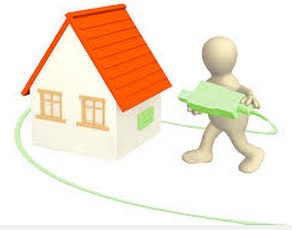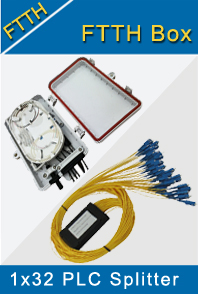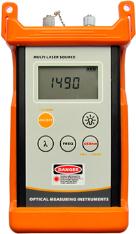-

- Sopto Home
-

- Special Topic
-

- FTTH Knowledge
-

- What is the Right OTDR I Need?
FTTH Knowledge
- Solving the FTTH Rollout Problem in Multiple Dwelling Units
- WDM PON Introduction FAQ
- A Simple Overview of Optical Power Meter
- ODN is based on PON FTTH Optical Cable Network of the Device
- Using an OTDR to be an Expert in Fiber Link Testing
- How FTTH Broadband Works?
- Connections among Fiber Terminal Boxes & Patch Cables & Pigtails
- Easy to Install a Fiber Terminal Box
- What is Arrayed Waveguide Grating?
SOPTO Special Topic
Certificate



Guarantee
Except products belongs to Bargain Shop section, all products are warranted by SOPTO only to purchasers for resale or for use in business or original equipment manufacturer, against defects in workmanship or materials under normal use (consumables, normal tear and wear excluded) for one year after date of purchase from SOPTO, unless otherwise stated...
Return Policies
Defective products will be accepted for exchange, at our discretion, within 14 days from receipt. Buyer might be requested to return the defective products to SOPTO for verification or authorized service location, as SOPTO designated, shipping costs prepaid. .....
Applications

Sopto supply the best FTTH solutions for your network!
SOPTO Products
- Fiber Optic Transceiver Module
- High Speed Cable
- Fiber Optical Cable
- Fiber Optical Patch Cords
- Splitter CWDM DWDM
- PON Solution
- FTTH Box ODF Closure
- PCI-E Network Card
- Network Cables
- Fiber Optical Adapter
- Fiber Optical Attenuator
- Fiber Media Converter
- PDH Multiplexers
- Protocol Converter
- Digital Video Multiplexer
- Fiber Optical Tools
- Compatible
Related Products
Performance Feature
FTTH Knowledge
Recommended

What is the Right OTDR I Need?
The OTDR is a critical tool in the characterization and certification of fiber optic links (multimode and single mode LAN / Ethernet). When choosing an OTDR, it is important to select the specific OTDR performance and features needed to qualify these links accurately and to the required specification/standard.
The Optical Time Domain Reflectometer addressing different test and measurement needs: from very simple fiber optic fault finder to advanced OTDRs for link certification. To make the right choice, five fundamental parameters must be considered when purchasing an OTDR, as selecting a unit simply based on overall performance and price will lead to problems if the selected model is inappropriate for the application. A solid understanding of these parameters will help buyers make the right choice for their specific environment, and thus maximize productivity.

Multi-purpose Optical Measuring Instruments
This specification determines the total optical loss that the OTDR can analyze; i.e., the overall length of fiber link that can be measured by the unit. The higher the dynamic range, the longer the distance the OTDR can analyze. The dynamic range specification must be considered carefully for two reasons:
1. OTDR manufacturers specify dynamic range in different ways (playing with specifications like pulse width, signal-to-noise ratio, averaging time, etc.). Therefore, it is important to understand them thoroughly and avoid comparing apples and oranges.
2. Having insufficient dynamic range will result in the inability to measure the complete link length and, in many cases, affect the accuracy of the link loss, attenuation and far-end connector losses. A good rule of thumb is to choose an OTDR whose dynamic range is 5 to 8dB higher than the maximum loss you will encounter.
For example, a single mode OTDR with a dynamic range of 35dB has a useable dynamic range of around 30dB. Assuming typical fiber attenuation of 0.20dB/km at 1550 nm and splices every 2km (loss of 0.1dB per splice) and a unit such this one will be able to accurately certify distances of up to 120 km.
Comparatively, a multimode OTDR with a dynamic range of 26dB has a useable dynamic range of around 21dB. Assuming typical attenuation of 0.5dB/km at 1300 nm and two connector losses of about 1dB each, this unit would be able to accurately certify distances of up to 38 km.
For purchasing more high quality OTDRs or FTTH products with low cost or for more products’ information, please contact a Sopto representative by calling 86-755-36946668, or by sending an email to info@sopto.com.



